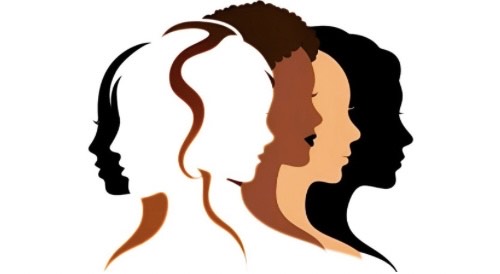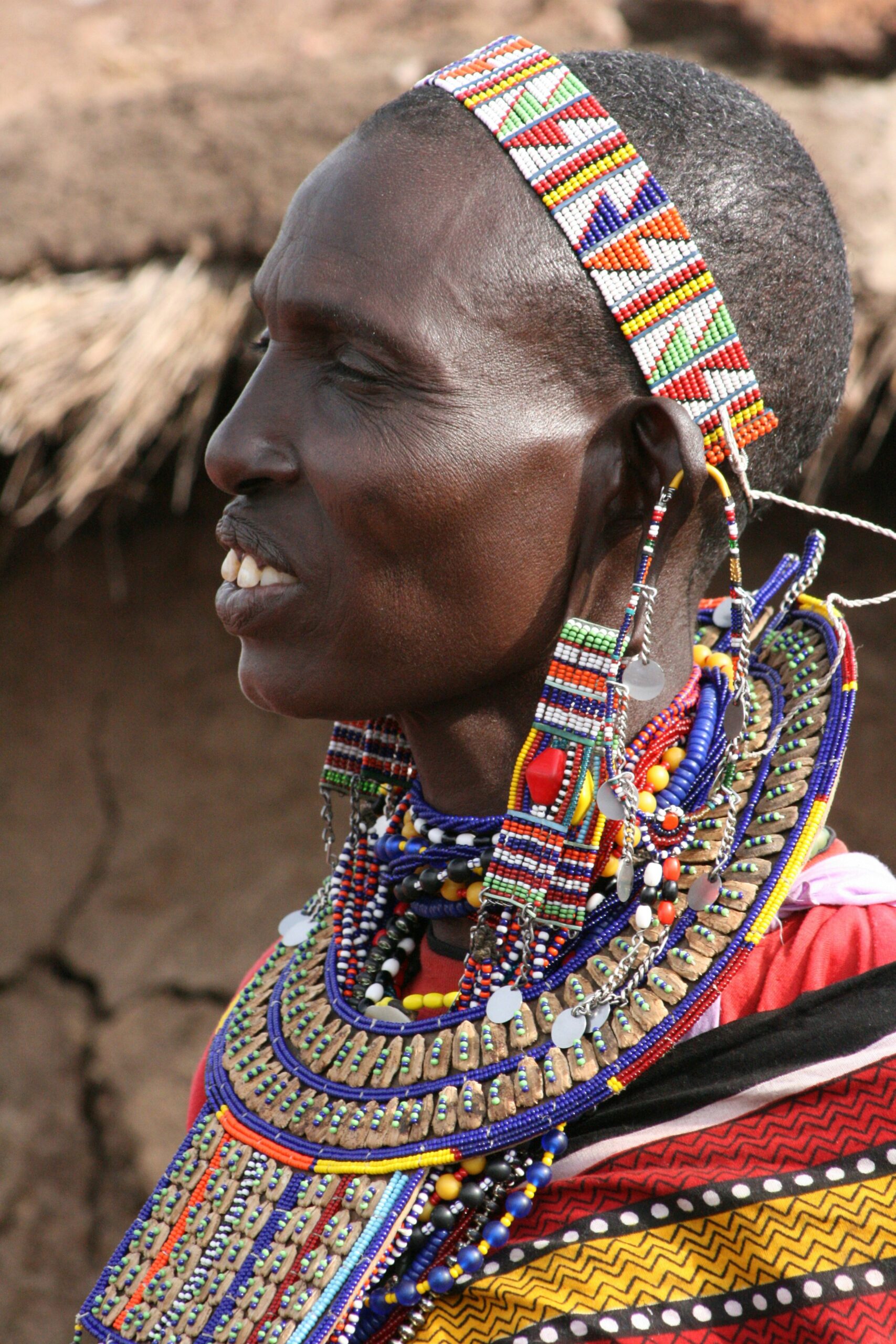You’ve probably seen the images, striking portraits of African elders adorned with vivid cultural jewellery cascading from long, stretched earlobes. These visuals are often admired, exoticised, or misunderstood in the West.
Yet behind the aesthetics lies a deep and powerful cultural tradition, especially among Kenyan communities such as the Maasai and Samburu.
Why stretch the ears? A practice rooted in meaning
For the Maasai and Samburu, ear stretching is far more than a decorative choice. It is a rite of passage, a spiritual practice, a symbol of status, and a celebration of identity.
From a young age, both men and women begin gradually expanding their earlobes using natural materials: thorns, stones, and wooden plugs, progressing to ornate jewellery made from bone, ivory, metal, or wood. Each stage of stretching is deliberate, personal, and meaningful.
Beauty, status, spirituality, and identity
In these cultures, the ear is not simply an anatomical feature but a canvas for storytelling.
Stretched earlobes communicate who a person is and where they belong in their community’s social and spiritual fabric. The ears’ size, shape, and adornment often signify age, social role, or life stage.
Among the Maasai, for instance, boys undergo the Emuratare (circumcision) ritual, a defining coming-of-age event. Soon after, many begin stretching their ears as part of their transformation into moran or warriors. The stretched ear becomes a physical emblem of adulthood and courage.
READ MORE
- Adoption across cultures: The world of transracial adoption
- How my multicultural background shaped the person I am today
For the Samburu, ear stretching holds a profound spiritual weight. The act is viewed as a connection to the ancestral world, honouring lineage and upholding sacred traditions. The jewellery that decorates the lobes is not just ornamental but a statement of cultural continuity and respect.
And then, of course, there is beauty. When adorned with intricate beadwork, hammered metal hoops, and vibrant colours, the elongated lobes become part of a broader aesthetic of body adornment. This includes shaved head patterns, layered necklaces, and colourful garments, all of which contribute to a dynamic, deeply rooted standard of beauty.
Western reinterpretations: Style, subculture, and disconnect
In Western fashion and subcultures, ear stretching gained traction in the late 1990s and early 2000s, particularly among punk, goth, and alternative communities. For many, it symbolised rebellion and resisted mainstream beauty norms. However, the practice is often stripped of its cultural and spiritual origins in these contexts. It becomes purely aesthetic.
Here lies the dissonance: while the West embraces the look as edgy or cool, the same practice is frequently stigmatised in African societies. Many African youth are told that ear stretching is “primitive” or outdated, only to see the same body modifications celebrated in Western media and high fashion. The irony cuts deep: what is mocked or erased at home is glamorised abroad.
Reclaiming the narrative
In response, a cultural resurgence is underway. Young Kenyan artists, designers, and activists, particularly from the Maasai and Samburu, are reclaiming traditional body modifications as symbols of pride and identity. This movement isn’t just about fashion but cultural resistance and revival.
For example, Chepkemboi Mang’ira’s Own Your Culture project promotes Afrocentric fashion and traditional Kenyan adornment. By integrating indigenous aesthetics into contemporary design, such initiatives aim to decolonise beauty standards and empower a new generation to wear their heritage with pride.
This reclamation is a cultural protest and an artistic revolution, a rejection of imposed norms and a celebration of ancestral wisdom expressed through the body.
In the end: A living tradition
Ear stretching in Kenyan traditions is not just a style; it’s a story etched into the body, a visible legacy passed from generation to generation. It reflects identity, history, spirituality, and resistance. As global fashion continues to draw inspiration from indigenous practices, it’s essential to recognise and honour the deep cultural roots from which these traditions spring.
Remember, the next time you see those iconic images of long, adorned earlobes set against red cloth and sun-warmed skin, that’s not just a striking photo. That’s a story worth listening to.


